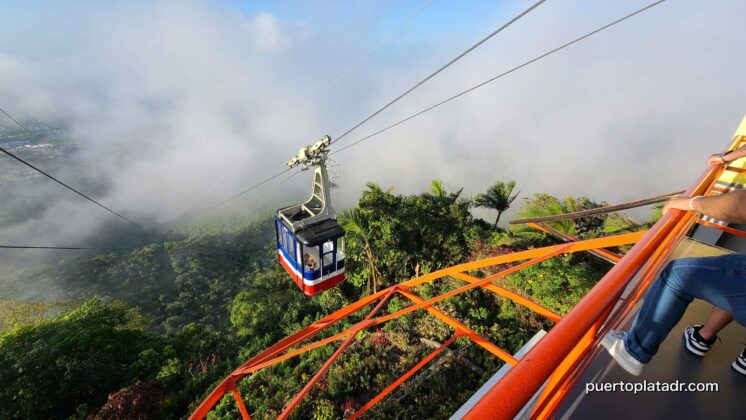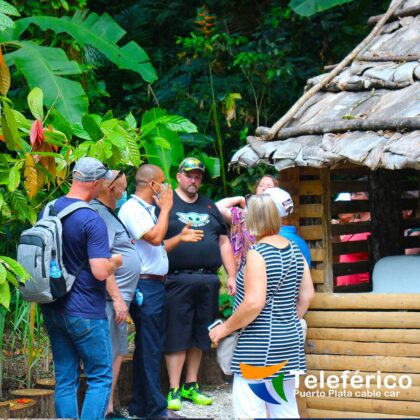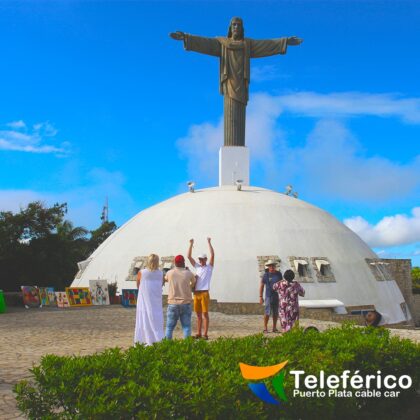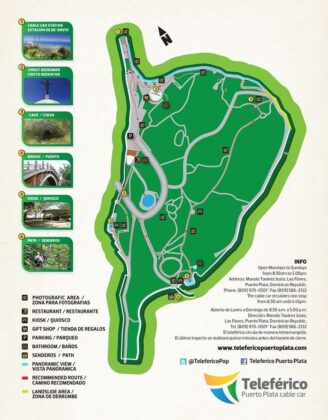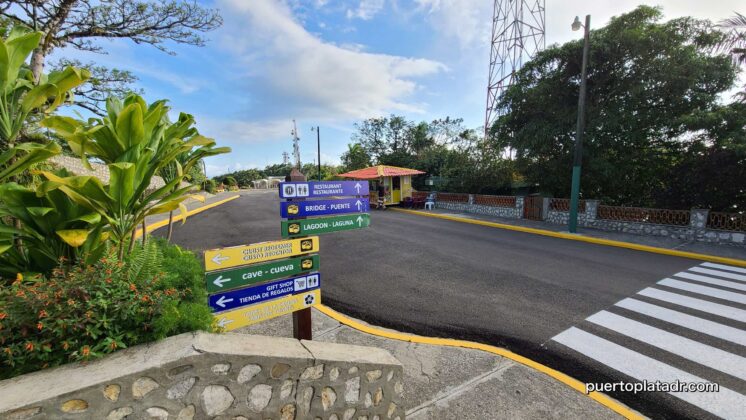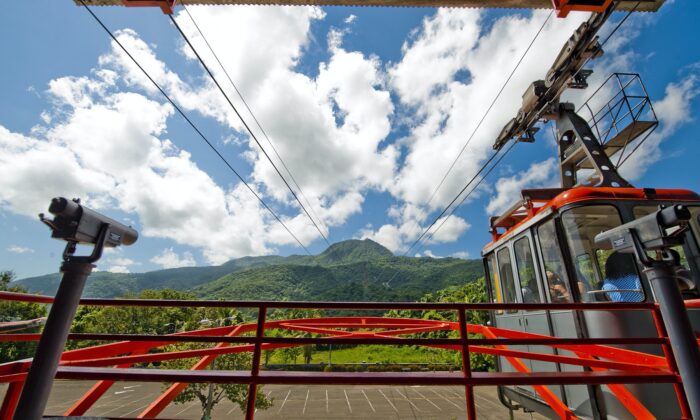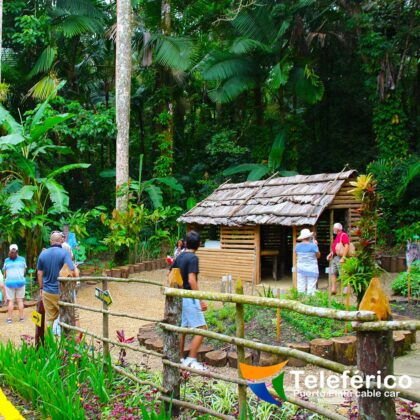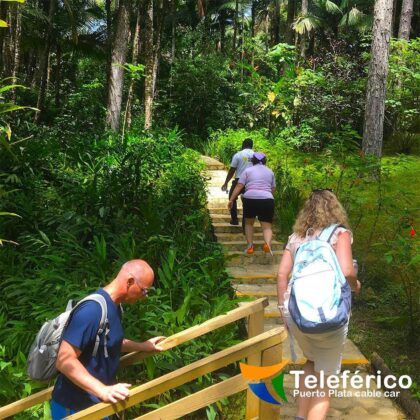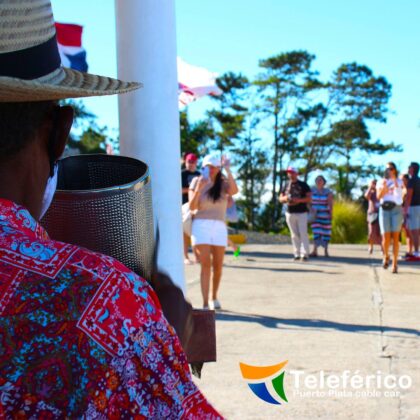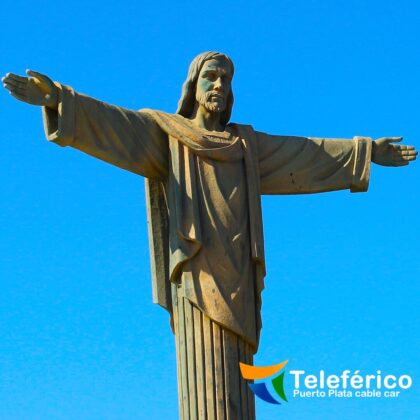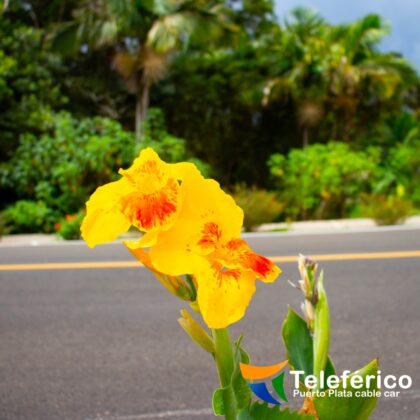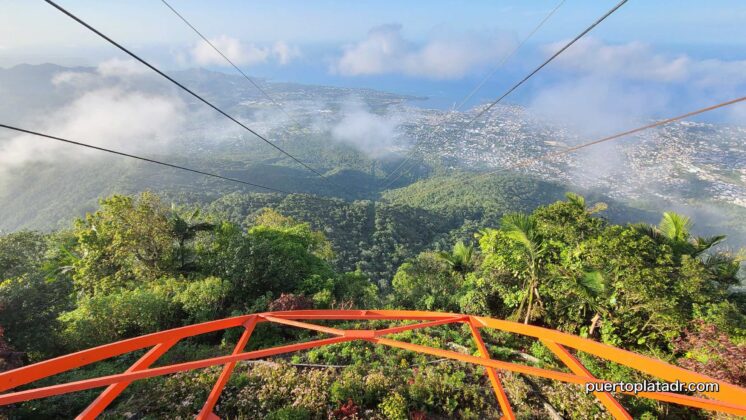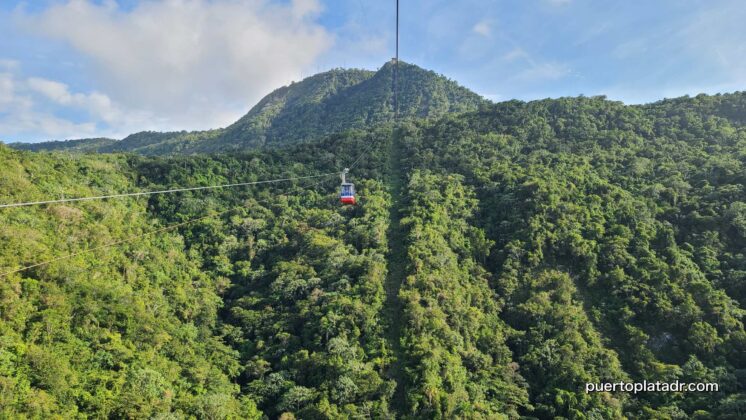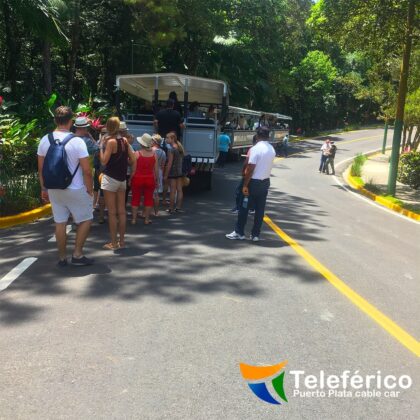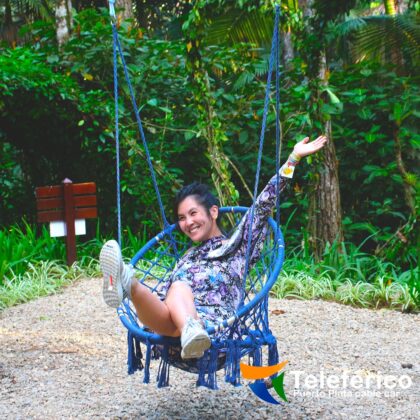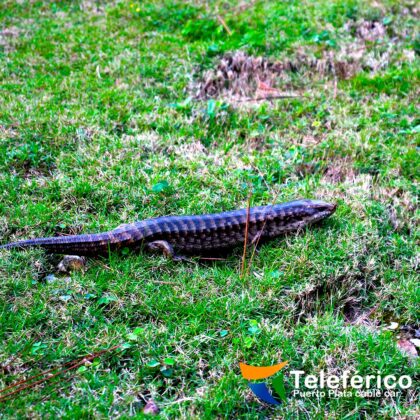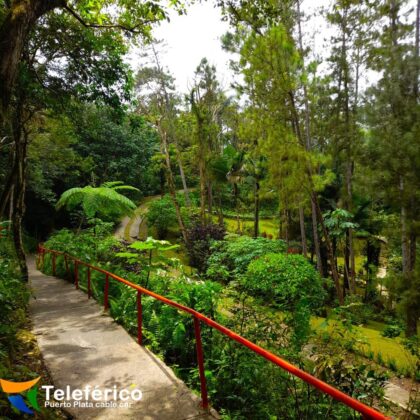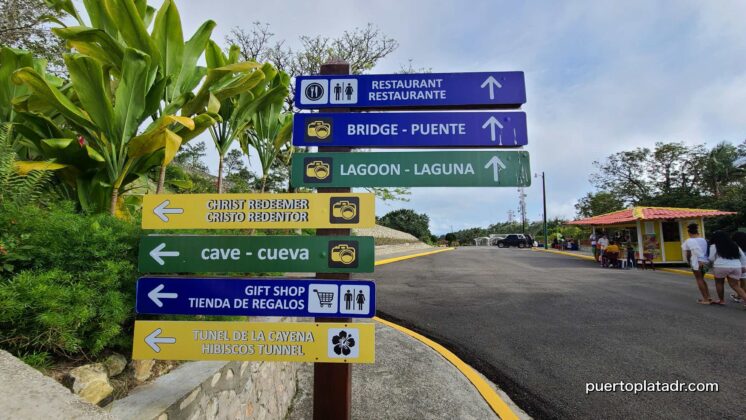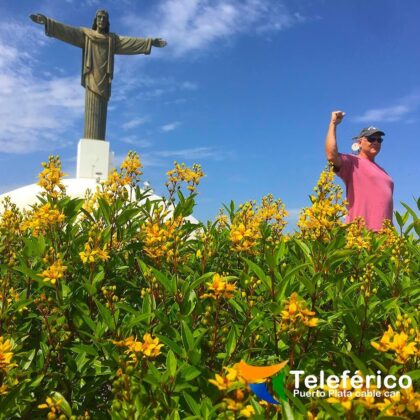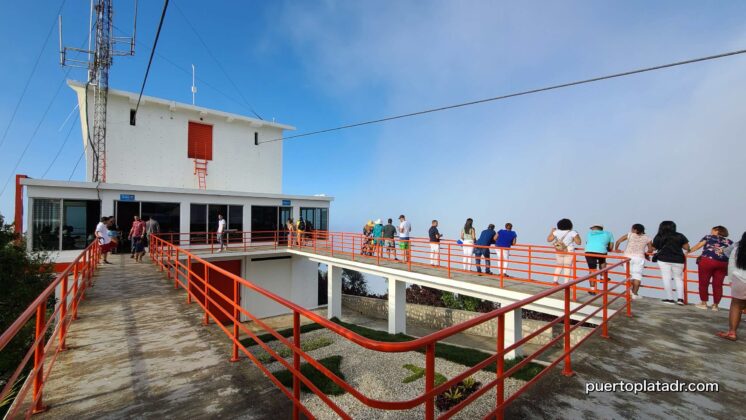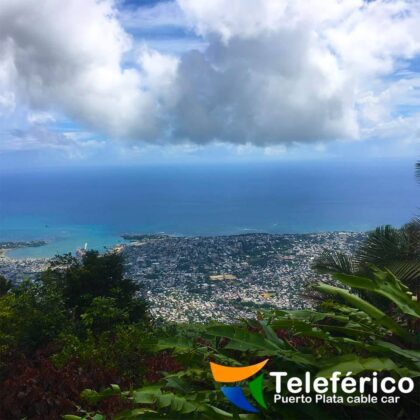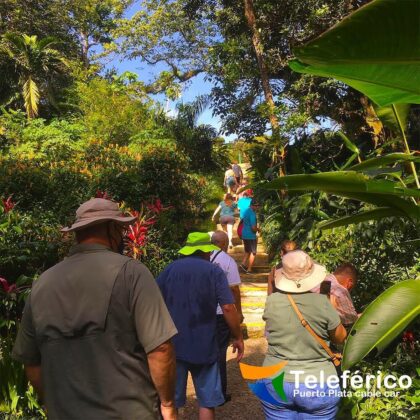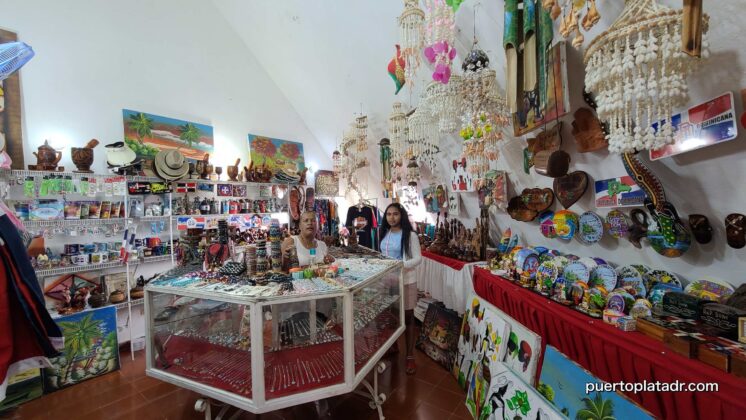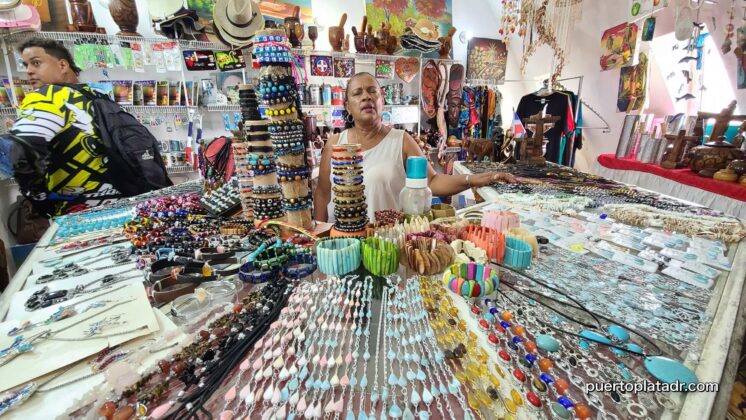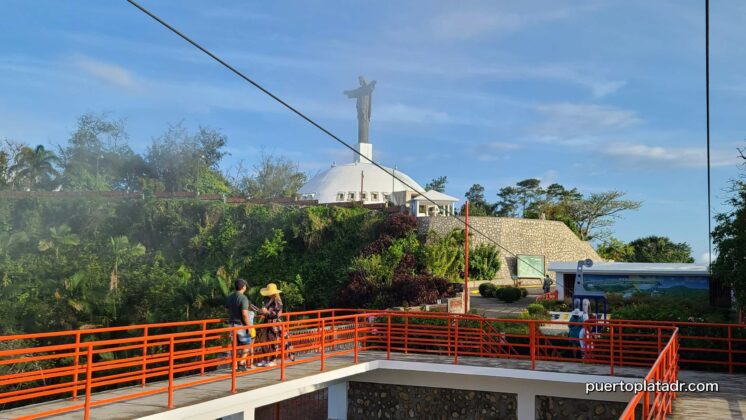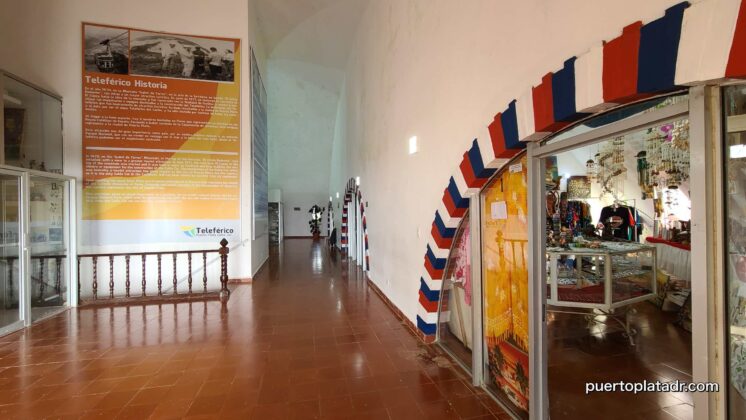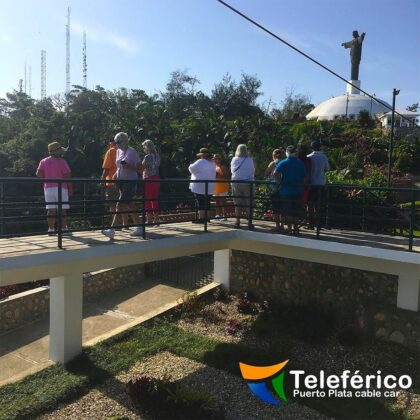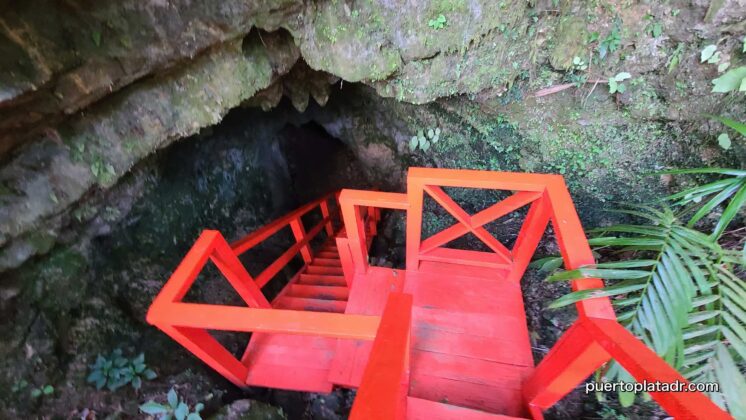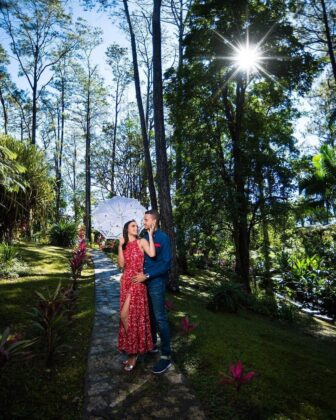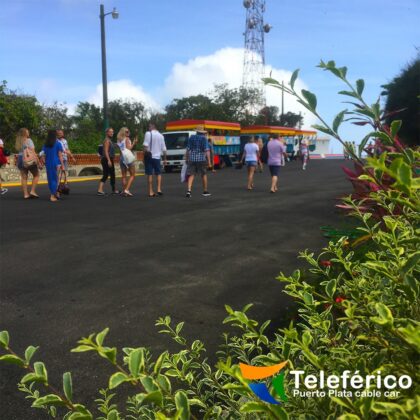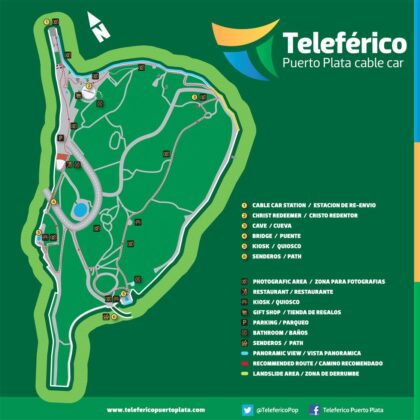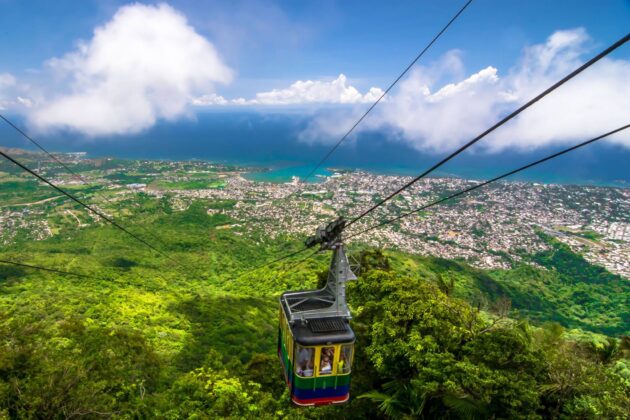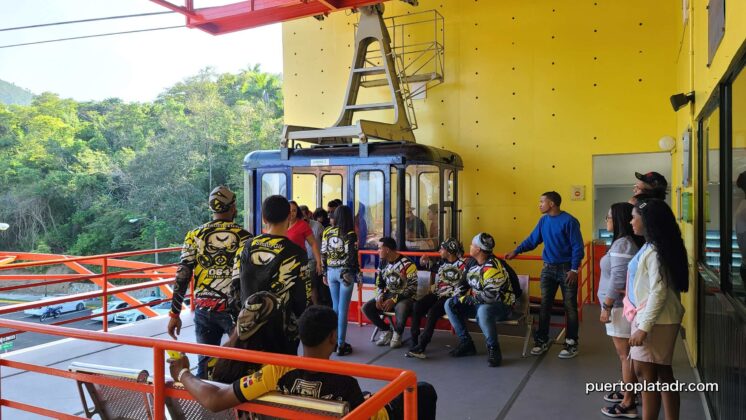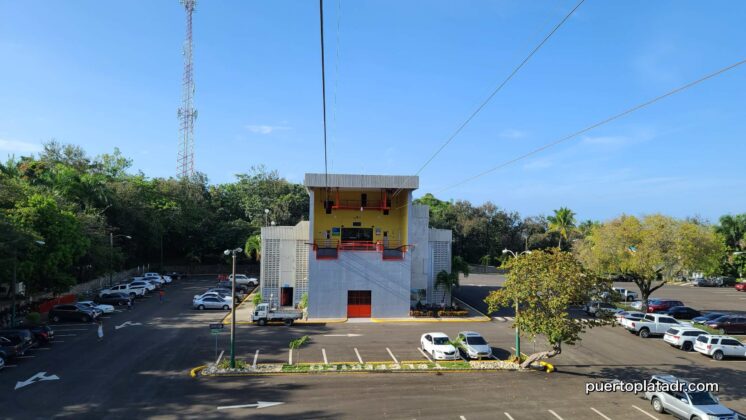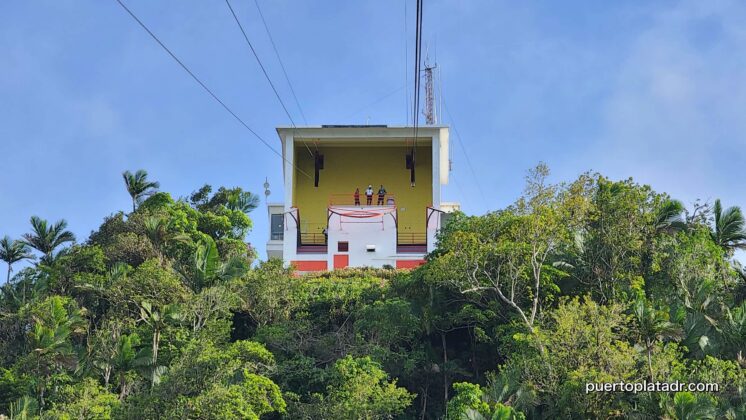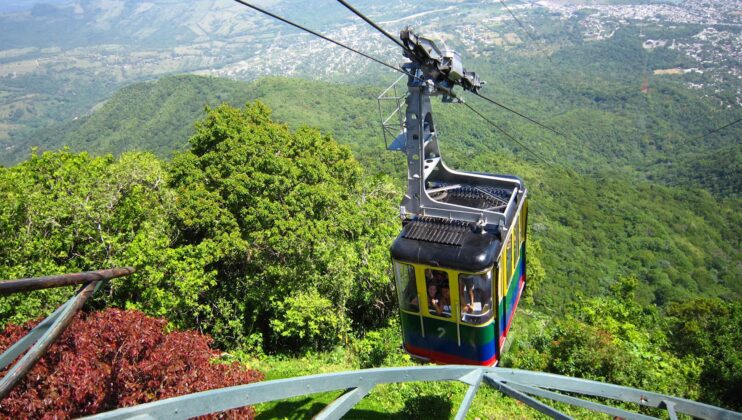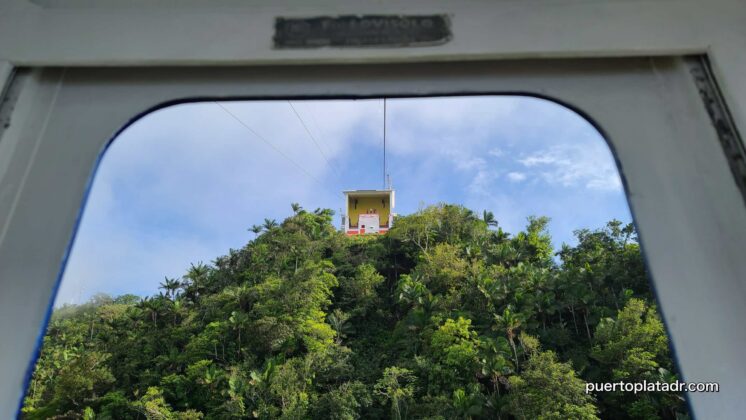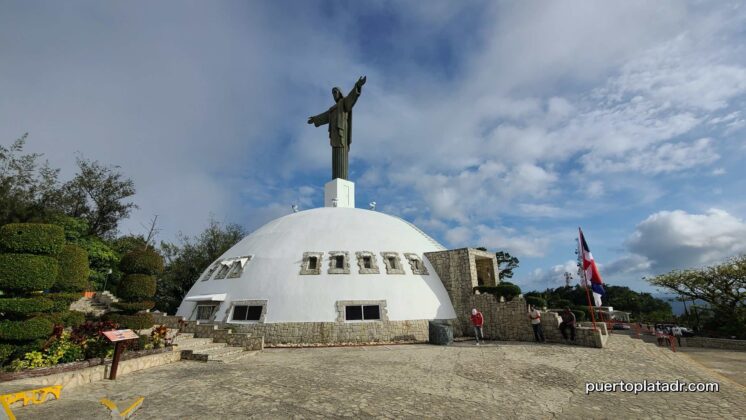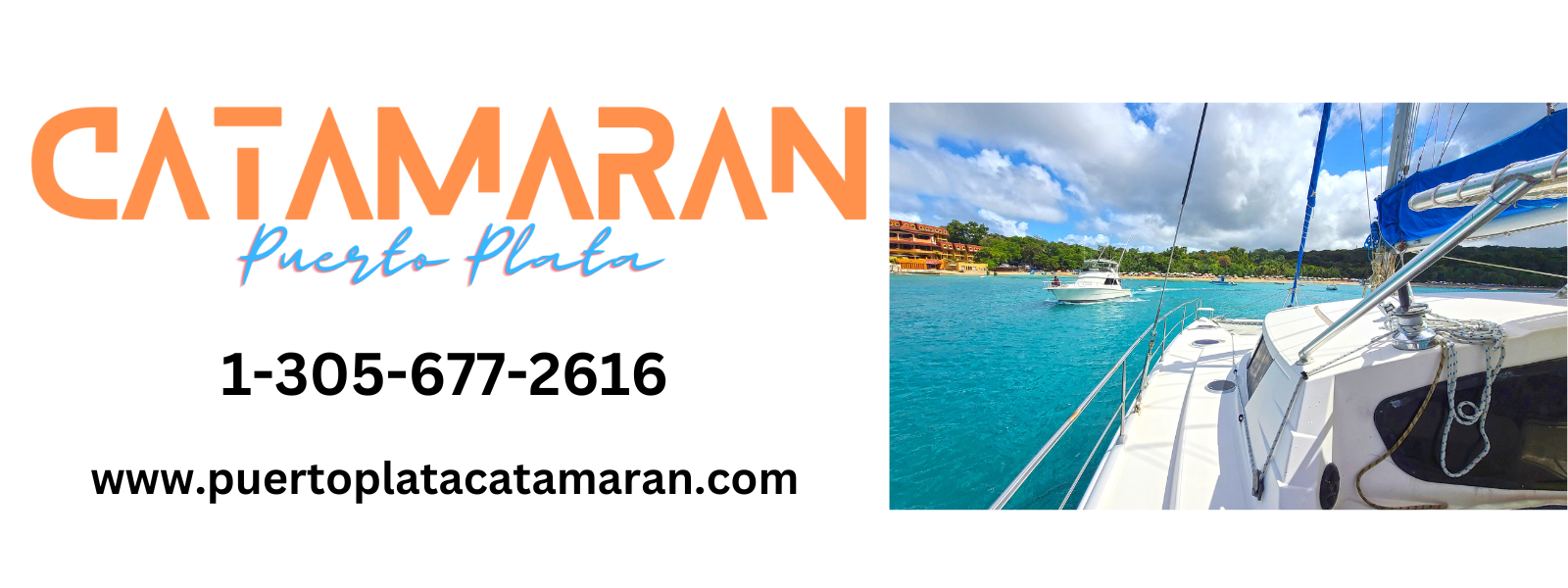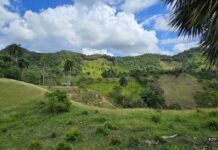Puerto Plata Cable Car
The Puerto Plata Cable Car is one of the landmark tours every tourist learns about if traveling to the North Dominican Republic. Located South of this Atlantic city, the Teleferico offers high altitude panoramic vistas of the best of Puerto Plata.
It is set high up in the Ysabel de Torres Mountain, a natural reserve park that offers an interesting look at the local flora and fauna being protected by the reserve. With a height of 855 meters above sea level, and belonging to the Septentrional mountain range of the island. Botanical gardens, natural caves, streams and creeks all in perfect harmony await the visitors who take the tour to the top in the cable car.
Puerto Plata Cable Car History
This scientific reserve was baptized with the name “Monte de Plata” by Admiral Christopher Columbus in the year 1503 and later during the colonization it was called Isabel de Torres in honor of Queen Ysabel of Spain. The name was official since the first census of the island in the time of Osorio and after the depopulation of the north between 1605 and 1606.
By 1737, the mountain that is characterized by its splendor and beauty was already called Isabel de Torres. In addition to being a place that attracts many curious by the beauty of its parks, it is known today by its bridge-viewpoints, and it is a national and international scientific research center, since endemic trees of the region as well as birds are found in it.
In June 1971 the road to the top was built in order to make possible the transportation of building materials and the cable car parts. In 1972 the DR government signed a contract with Italian contractor Ceretti to supply the cable car equipment.
The type of cable car installed is the two-way type, with three cables on each side. In 1973 the botanical gardens and fountains were created. Works on the park started in 1966, and it was back in 1970 when the statue of Christ the Redeemer was placed at the top of the Dome.
An Anti Aerial Fortress
Visitors will notice that the Dome looks like a war-era fortress against aerial incursions, which is true during the time of the dictator Trujillo regime ( 1930-1961). The dome had anti-aircraft artillery in the hatch doors, but weather and mist defeated its purpose over time as visual clearance was limited, which is why the fortress was no longer in use.
On the surface where the statue of Christ stands today, there was a hexagonal gate through which, from the inside, a cannon or some weaponry capable of countering attacks of different types, sea, air or land, was taken out; Furthermore, due to the panoramic view that it dominated, it was perfect for monitoring the entire coastline. Strategically, the fortress was covered with herbs, to make it mistaken for a hill due to its dome shape.
Photo Gallery
A Bird Watcher`s Paradise
While among the avifauna of Loma Isabel de Torres, 32 species of birds have reappeared, including 5 endemic species of the island, among which the Cigua Palmera (Dulus dominicus) and Carpenter (Melaner pesstriatus) stand out, also among the species Rarer are the Rolita (Columbina passerina), Parakeet (Amazona ventralis), Carrao (Aramus guarauna), Ash Pigeon (Patagioenas leucocephala Columba inornata), Guaraguao (Buleojamaicensis), among many more.
Puerto Plata Christ the Redeemer
Considered the main landmark of Puerto Plata, the Christ the Redeemer statue sits at the highest point (800 meters) of the city, on top of the fortress dome atop the Isabel De Torres peak. Like a silent, timeless sentinel, it has become the most special symbol for all Puertoplateños.
This statue was inaugurated in 1975, during the government of then president Joaquin Balaguer. It is a twin to the Corcovado in Rio de Janeiro, and has a height of 38 meters. Christ the Redeemer has the best views of San Felipe, Puerto Plata and is a main attraction for visitors to the Cable Car.
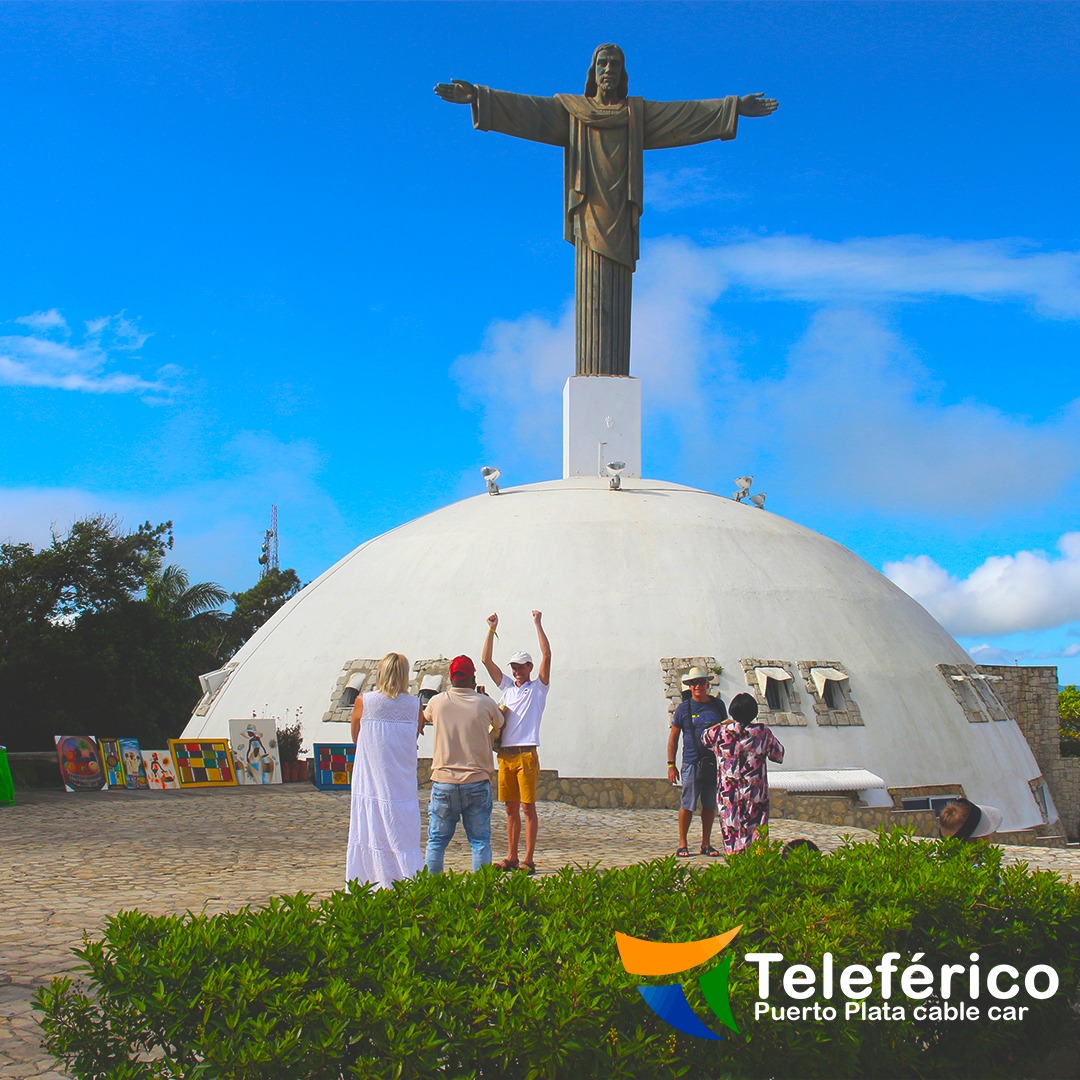
The Mountain Botanical Treasures
The vegetation of this tourist natural attraction corresponds to the subtropical low mountain humid forest where there is an artificial park on the top of the mountain and among the characteristic species there are: Manacla (Prestoea montana), Aguacatillo (Persea caerulea); Male Abey (Jacaranda coeruela), Mahogany (Swietenia mahogani), Copey (Clusia multiflora), Oak (Quercus robur), among others.
On Video:
How to Get There
The location of the Teleferico Cable Car can be reached by car all the way to the parking area of the station where in the reception area visitors can purchase a ticket. Local tour companies also offer the tour, easier for many travelers.
UPDATE JUNE 10th, 2024: the Cable Car is being replaced, so to visit the park atop the mountain you have to go using a vehicle, preferable a six-cylinder with traction control and good brakes – as the hilltop road can be demanding to the transmission and engine. We expect this to change in the next 24 months according to the local government.
Teleferico de Puerto Plata
Calle del Teleferico, Puerto Plata 57000
Web: https://telefericopuertoplata.com/
Phone:(809) 970-0501
Open Hours: 8:30 am – 5:00pm
Facebook: https://www.facebook.com/telefericopuertoplata


